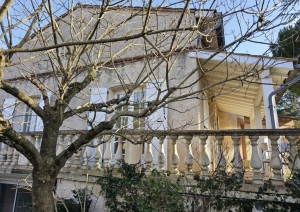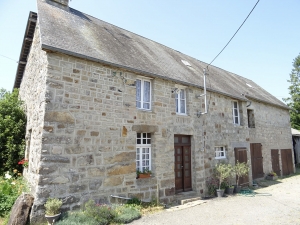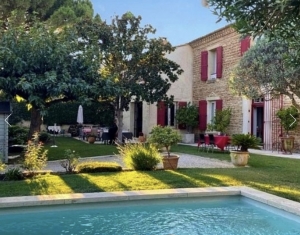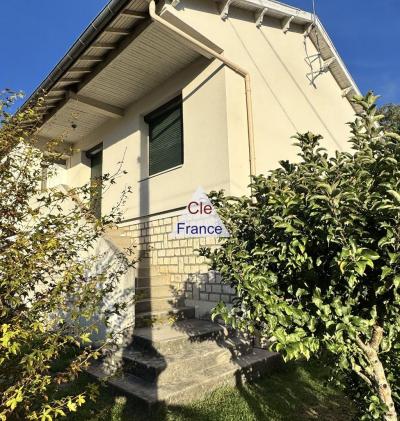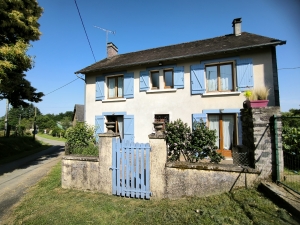Do You Feel Like A Million Dollars?
There are countless words and expressions that people use every day without realising how they do not make much sense.
L’argot (slang) is an important part of every language, but one that is unfortunately hard to find in many textbooks.
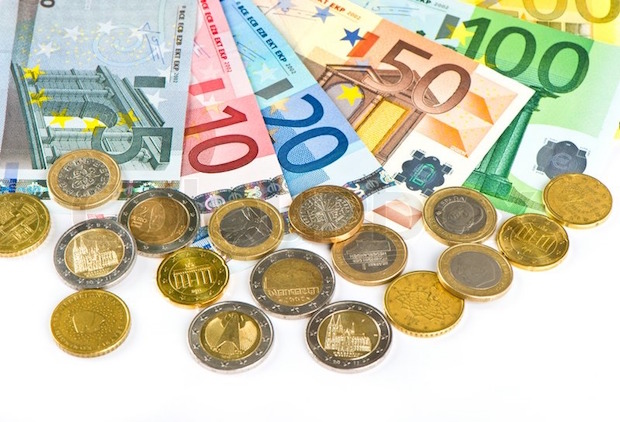
Figuring out how exactly to say one million can be hard enough before trying to find a good equivalent to the expression, “to feel like a million dollars“:
Péter la forme
Péter le feu
Avoir une pêche d’enfer
Literal Translation:
To fart the form
To fart fire
To have a hell peach
It can be surprising how different expressions are from one language to another and how useless knowing the literal translation is.
Like in the example expression, “To feel like a million dollars“, there is a lot of argot for l’argent (money). Sometimes it’s easy to understand, as in ten grand, but it can be bit harder to understand, par exemple, 50 bucks.
In French, everything became more confusing with l’introduction de l’euro. Some terms were more used when le franc was the currency, and while a few have held over into modern times, especially in older generations, many of them are less used now.
Mais d’abord, une petite histoire (but first a short story):
I was talking about le loyer (the rent) and how expensive it is à Paris when mon ami (my friend) used a word I had never heard before:
Ouais, ça peut coûter plus de 700 (sept-cents) balles par mois.
700 balles ?
Ouais…. Euh… 700 euros.
Yeah, it can cost more than 700 bucks a month.
700 bucks?
Yeah… Uh… 700 Euros.
I figured out that une balle meant a euro when referring to money, and soon had a similar conversation that led to me learning that le sou also refers to money in a general sense, but more often to les centimes (cents, money less than one euro).
Similar to how in the US bucks are used for dollars, and quid is used as l’argot for pounds in the UK, au Québec they have un mot différent (a different word) for their money - Piasse!
I first learned about this argot from a Bernard Adamus song, one of my favorite francophone musicians. He sings in a very thick accent québécois and uses a ton of argot that people in France would not understand, but it’s still a fun song that uses the unique Canadian word:
La question à cent piasses.

Blog submitted by: David at The French Property Network - Cle France.
This blog was originally posted on The French Language Blog pages.



